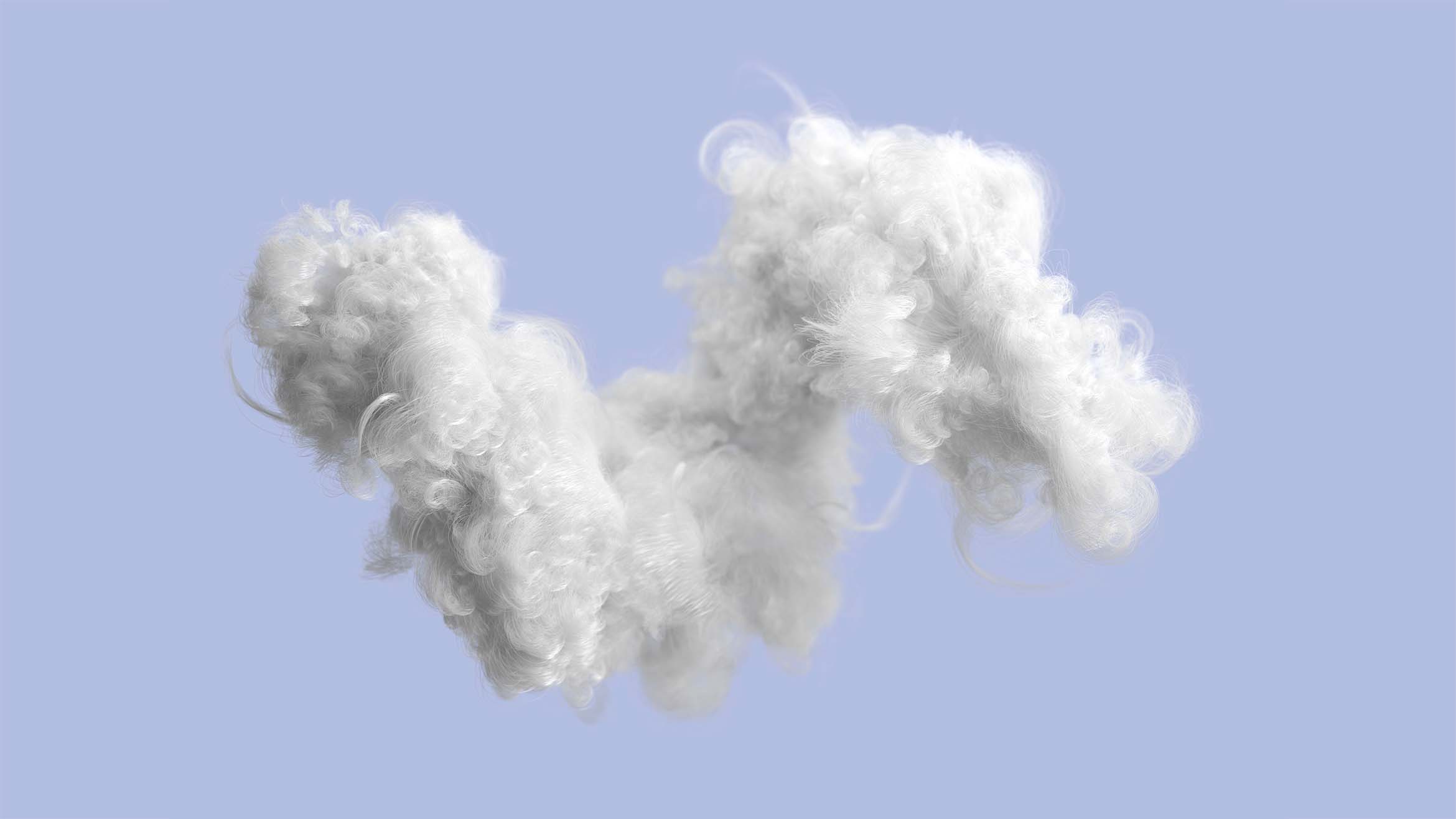There is nothing special about textile fibres as such; more than 100 million tonnes of them are produced in the world every year. The most important raw material for textile fibre is fossil oil, which is used to make, for instance, polyester fibres. The second most common raw material for textile fibre is cotton.
It is significant that the manufacturing methods for both of these put a lot of strain on the environment.
“Wood-based textile fibres are already manufactured on a large scale, but only about a third of them can be produced sustainably. Our goal is to develop a better concept for society and the environment,” says Niklas von Weymarn, CEO of Metsä Spring, Metsä Group’s innovation company.
Wood-based textile fibres are usually made from dissolving pulp. Metsä Group’s idea, in contrast, is to make textile fibre from Metsä Fibre’s paper pulp – and this is completely unique.
Kuura is an excellent example of a new kind of potential innovation based on the advanced processing of pulp that can be produced within Metsä Fibre’s bioproduct mill concept.
Kuura’s debut at Japan Fashion Week
Von Weymarn talks about an advanced direct-dissolution method that came into existence more than 10 years ago. At that time, the University of Helsinki and Aalto University co-developed a new chemical for Metsä Fibre for dissolving paper pulp efficiently.
Since then, Metsä Spring and the Japanese ITOCHU Corporation have established a joint venture, which has born fruit in the form of the demonstration plant that makes the unique textile fibre named Kuura. The demo plant operates alongside the Äänekoski bioproduct mill.
Kuura was launched in March 2021 together with ITOCHU and the clothing brand THE RERACS at the Japan Fashion Week. However, clothes made of Kuura are not yet on sale.
“Before we can produce Kuura commercially, we have some issues involving technology and the market. We are trying to resolve these at the demonstration plant and together with ITOCHU. The demonstration phase is likely to last at least until the end of 2022,” says von Weymarn.

Good environmental impact assessment results
The undried paper pulp used for making Kuura textile fibre is produced at Metsä Fibre’s Äänekoski bioproduct mill. Kuura, in turn, is being developed at the demonstration plant that operates in conjunction with the bioproduct mill.
The steam, water and electricity needed to make Kuura are obtained from the bioproduct mill. This means that Kuura’s production is fossil-free and utilises the Äänekoski bioproduct mill’s partner ecosystem.
In spring 2021, the private Spanish research institute CARTIF assessed the environmental and social performance of Kuura in relation to commercial textile fibres. The results were very good.
The environmental performance of Kuura proved to be better and its impact on climate change smaller than cotton and other commercial cellulose fibres, such as viscose and lyocell.
Von Weymarn praises Metsä Group’s willingness to take the risks that developing new products always involves, and says that credit for the initial development work belongs primarily to Metsä Fibre and its partners at the time.
”Kuura is an excellent example of a new kind of potential innovation based on the advanced processing of pulp that can be produced within Metsä Fibre’s bioproduct mill concept.”
Read also: Metsä Group’s Kuura textile fibre recognised in Canopy’s sustainability ranking
This article was originally published in Fibre Magazine issue 2021-2022.

